Project Development
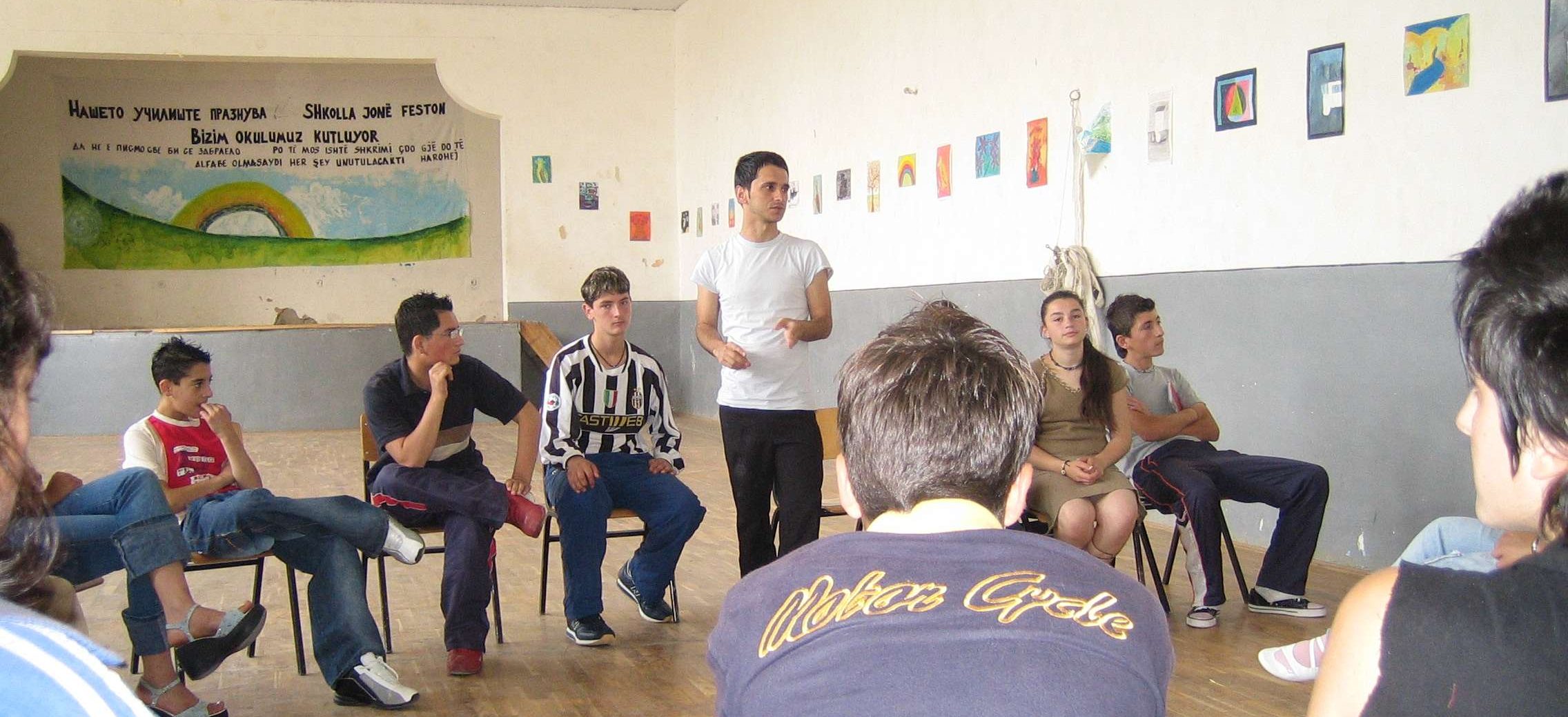
With over two decades of expertise, I have led the creation of new programmes and initiatives from scratch in various societies and thematic areas. My track record shows that the programmes I’ve created meet immediate needs and have game-changing policy implications, resulting in transformative outcomes. Whether in low-, middle- or high-income nations, my expertise is detecting emerging needs, developing innovative solutions, and implementing complete programmes promoting good change.
I have successfully launched and managed various initiatives, including global health, humanitarian assistance, refugee relief, and women’s empowerment. My programmes have constantly proved their ability to produce meaningful outcomes and have a lasting impact. I have designed initiatives that match the immediate needs of communities and drive systemic change, leveraging my strategic vision and profound grasp of difficult situations. My methodology ensures that programmes influence policies, resulting in game-changing outcomes for communities and societies.
Notable Highlights
- Program development for a new South-South dialogue initiative, The Himalayan Dialogues, based in Kathmandu, Nepal (2023-2024)
- In collaboration with the National Assembly of Nepal, the Ministry of Health, WHO- Conceptualized and led implementing the Pan-Nepal Parliamentarians’ Program on Combating Rumours and Misinformation during COVID-19. (2020-2022)
- Program Development along with Partnership, Advocacy and Resource Mobilisation strategy for the Geneva Health Forum (2010-2015)
- Set-up of country operations (Registration, Donor Liaison, Recruitment, HR, Media Relations)
- Three ECMI Country offices in fYROM, Serbia and Montenegro
- Six Regional NGO resource centres around fYROM
- Set-up of Think Tanks (Registration, Donor Liaison, Recruitment, HR, Media Relations)
- In partnership with the Ministry of Health, Malaysia
- IHM-UNICEF Centre for Health Policy and Finance, Kuala Lumpur
- In partnership with the University of Skopje and UNHCR
- Centre for Refugees and Forced Migration Studies, Skopje
- In partnership with the Ministry of Health, Malaysia
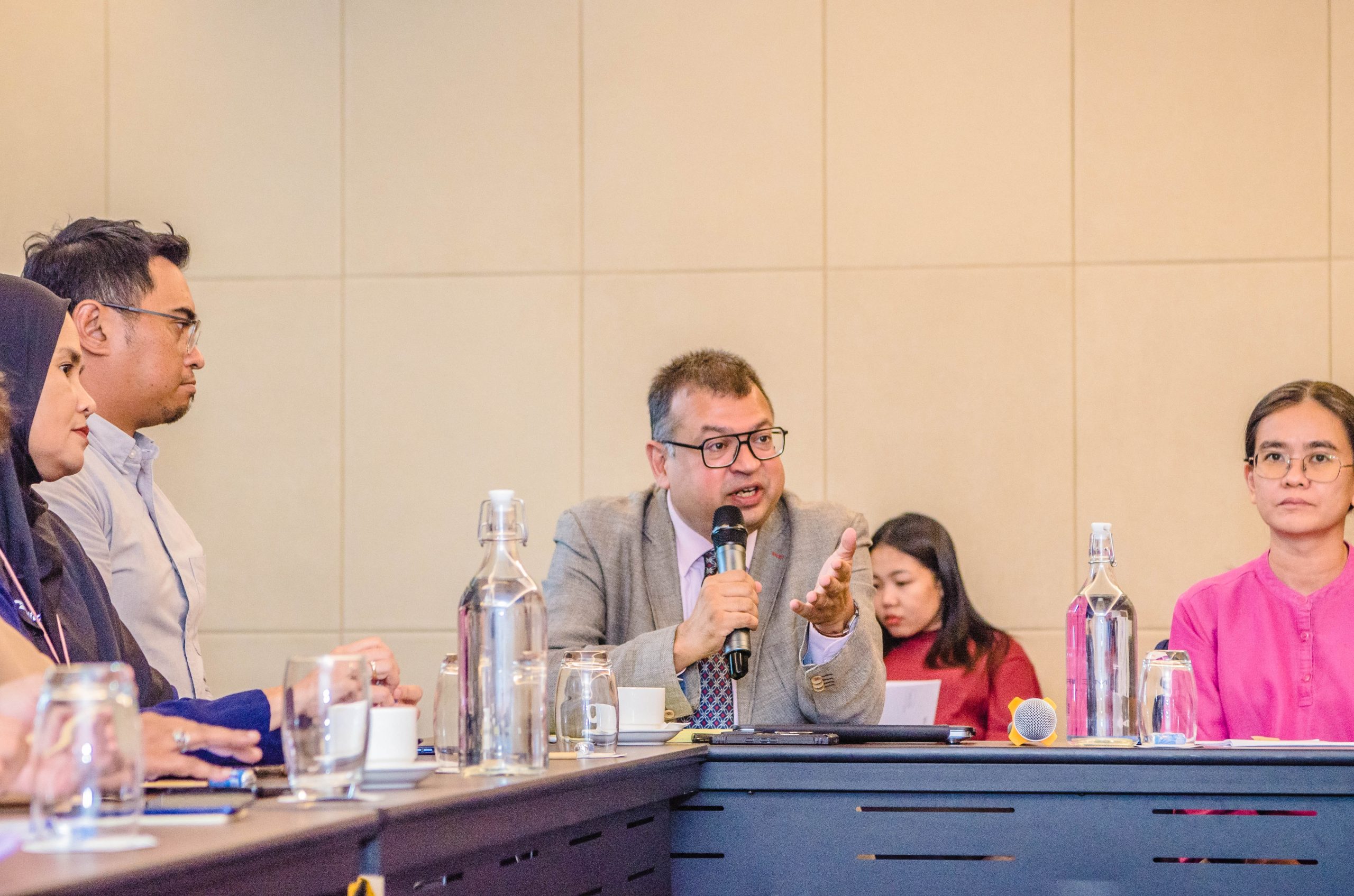
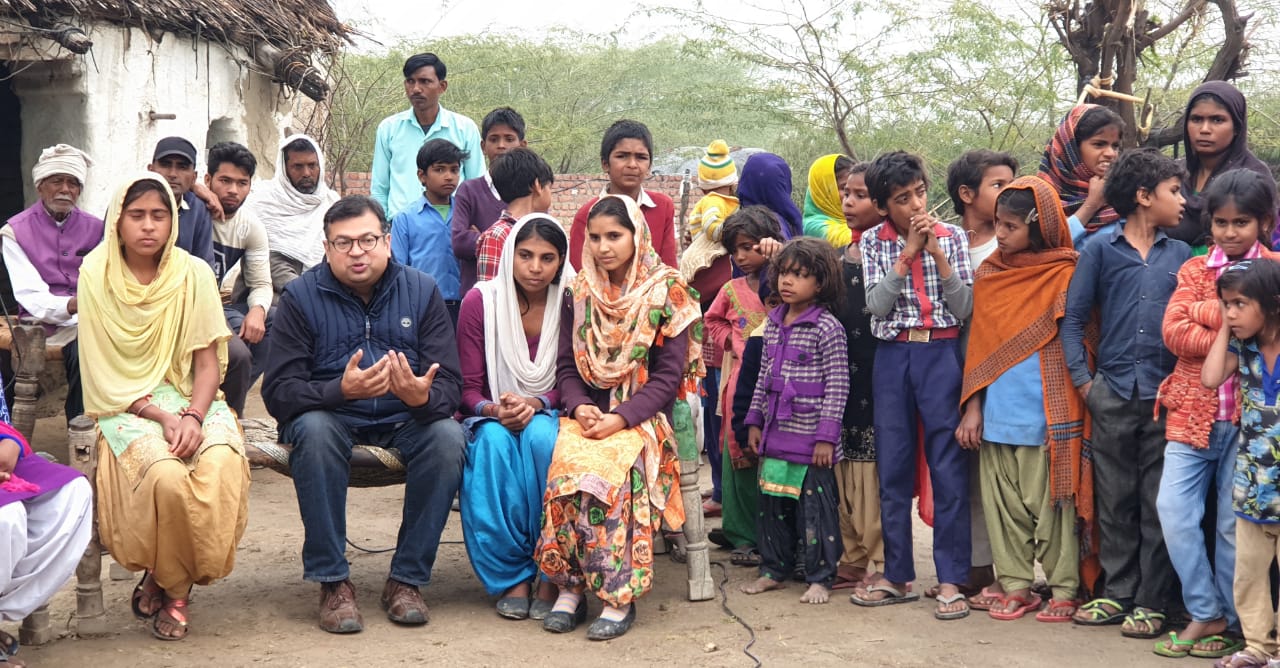
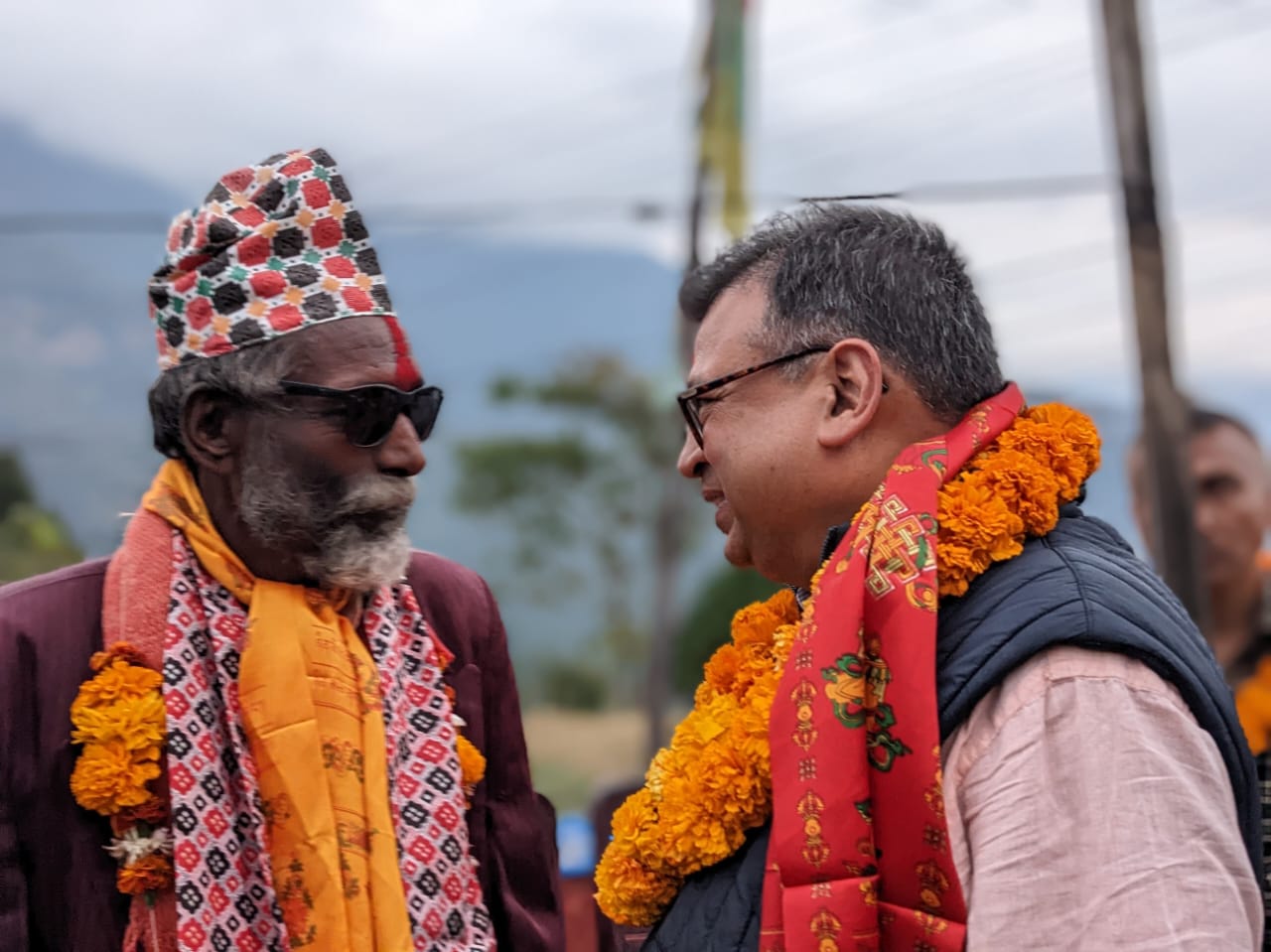
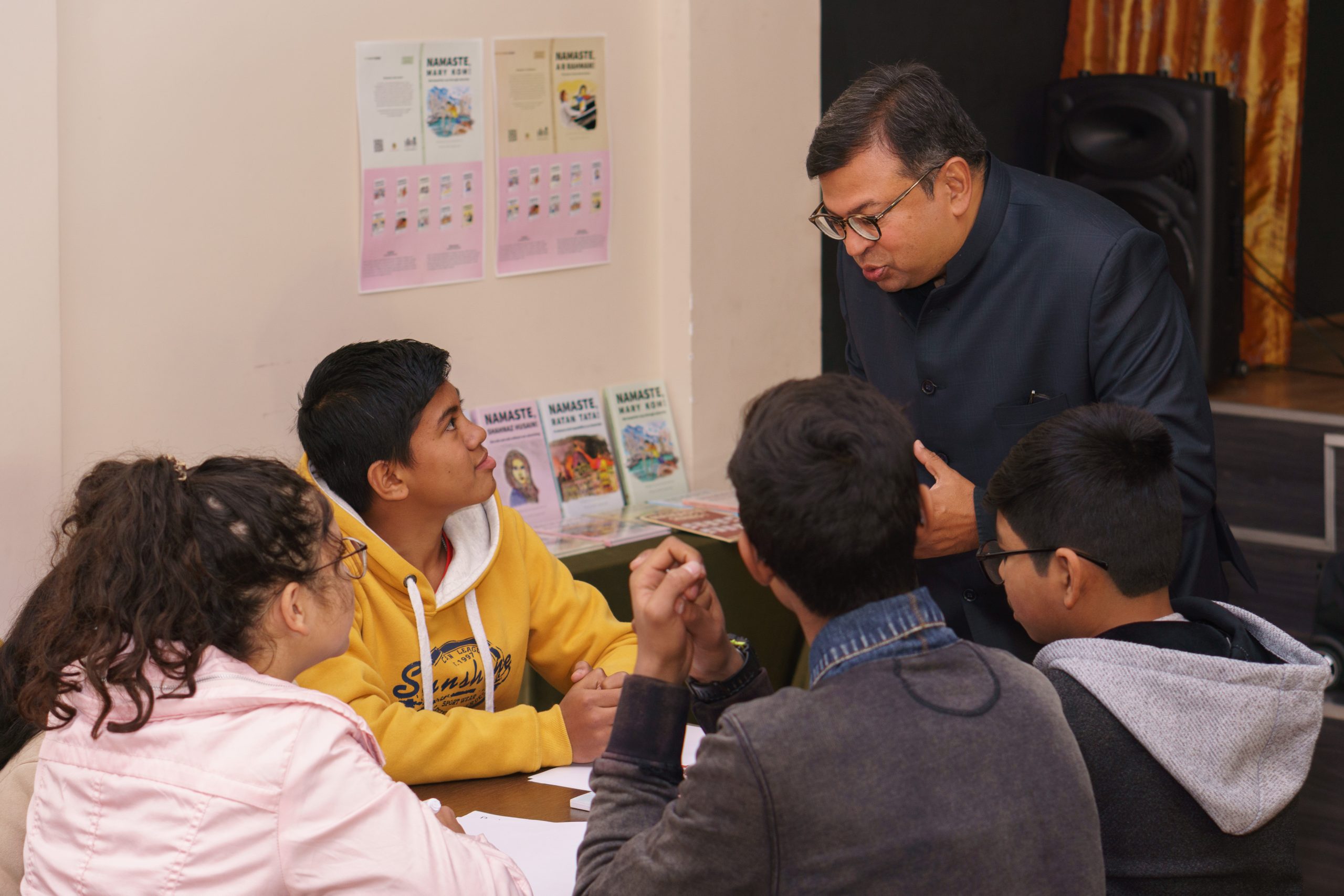
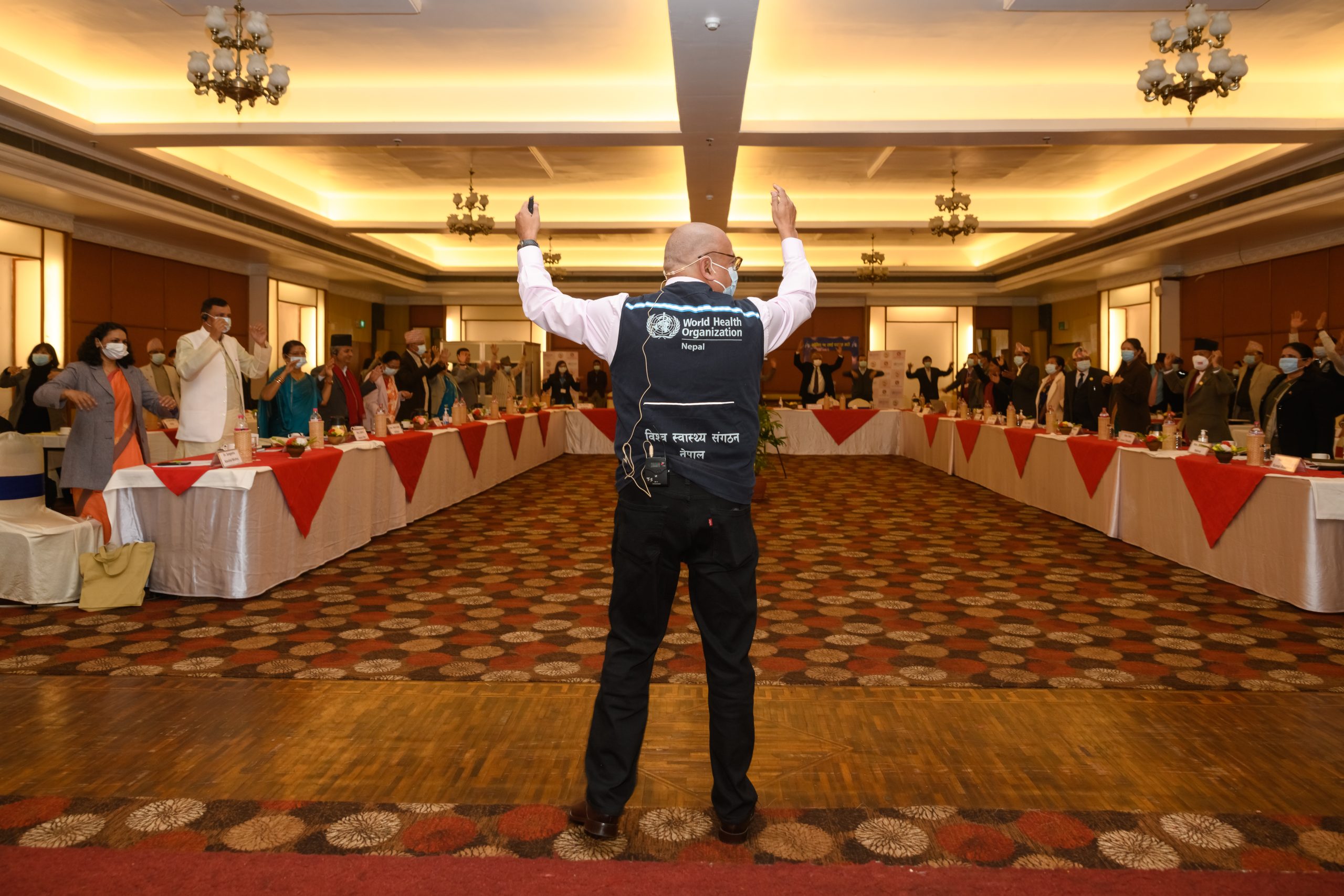
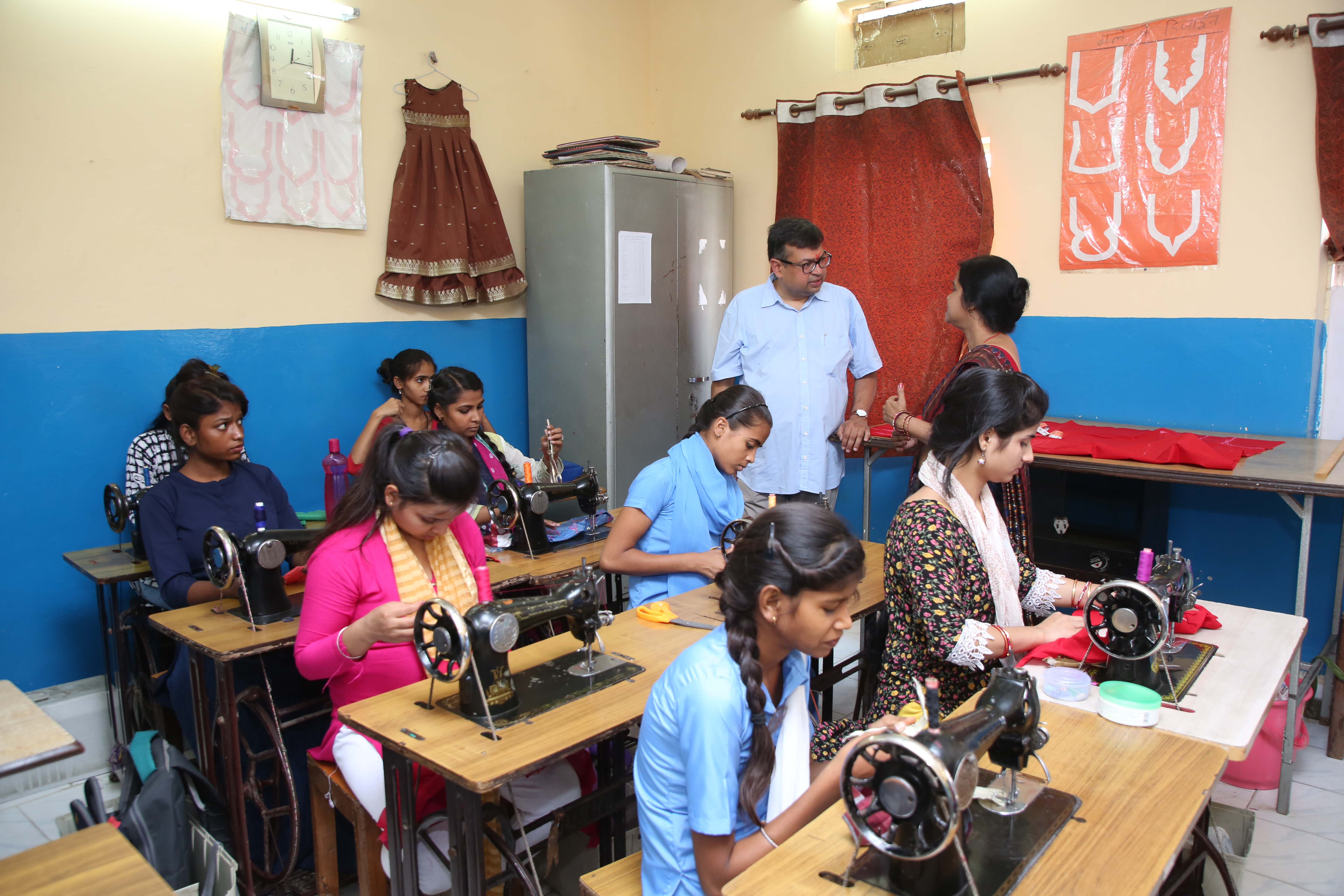
What ?
sector
Where ?
When ?
With whom ?
Kosovo Refugee Crisis
Sector
Refugees; Global Health
What?
Humanitarian emergency; Dialogue Management; Needs Assessment; Stakeholder Consultations; Project development; Negotiations.
Where?
Macedonia
Why?
In 1999 during the Kosovo refugee crisis, following concerns of inter-ethnic instability, the Republic of Macedonia imposed a condition on the international community for admitting refugees from neighboring Kosovo. The number of refugees that are evacuated from Macedonia to NATO countries would be the number of newly admitted refugees into the country. In the race against time, while it was vital to evacuate as many refugees as possible, it was important to give priority to vulnerable cases. Prioritizing medical cases among an exhausted from difficult travels and traumatized population was one aspect of the challenge. The other- convincing reluctant host governments accept medical cases for evacuation and the associated costs to their health systems.
When?
1999
What exactly?
Sunoor Verma’s services were retained by the UNHCR to formulate priority criteria for the evacuation of refugee patients to NATO countries. Sunoor prioritized the cases from 7 geographically dispersed refugee camps, and negotiated with NATO country delegations transfer and treatment of emergency medical cases from among the refugees. He coordinated and monitored the facilities for evacuation of severely ill refugees. He played a key role in the initiation, planning and implementation of extending the medical evacuation program to approximately 200,000+ host family refugee cases. Sunoor monitored the standard of medical escorts during evacuation. He worked in partnership with local medical authorities, government authorities, donor community and NGOs to facilitate the patient evacuation process.
With- whom?
UNHCR
NATO
What happened?
- Medical evacuation program extended to approximately 200,000+ refugees residing with host families.
- Significant increase in evacuation of patient to NATO countries for treatment.
( on the value that Sunoor Verma brings to project design/ innovation..) Good sense of “common sense”, no fear of criticism and trying to look into issues from all kinds of angles: in short the ability to make the project as likely to succeed as possible.
Annika Palo
Adviser, Department for Europe
Swedish International Development Cooperation Agency
Romani expert groups for Romani integration in the Republic of Macedonia
Sector?
Minority issues; Roma;
What?
Capacity Building; Fundraising; Project development; Dialogue Management
Where?
Macedonia
Why?
Until the launch of this initiative most initiatives aimed at the Romani population of Macedonia were being implemented by non-Roms. This often led to poor participation of the Roms and virtually no transfer of skills or know-how. Through my work with Roms in Macedonia and many Roma NGOs I could see that there is availability of talent and experience in the Roma community. The lack of formal education was a barrier to the advancement of these potential experts. The Romani experts project was launched to prepare a pool of Roma experts who have the skills, knowledge and commitment to work on Roma issues.
When?
2003, 2004
What exactly?
I think I played a key role in conceptualizing this initiative, developing the project proposal and getting donors on board. Dr. Eben Friedman, a leading authority on Roma issues, led this project. I was also responsible for monitoring the implementation of the project and fundraising.
With- whom?
European Centre for Minority Issues ECMI
Sida Sweden
What happened?
Four Expert Group organized around the core areas of education, health, civil rights, and employment were established.
The Expert Groups generated and compiled usable reports with the data necessary to provide a basis for the design of policy not only for Roms, but also by Roms.
The success of this initiative lies in three things that came together at the right time:
- Understanding through extensive fieldwork: for projects aimed at the Roma community to succeed, they need to be implemented by people who are part of the Roma community.
- Representatives of Sida Sweden who were committed to undertaking initiatives that other donor designate ‘risky’ if they saw long term value in them. Annika Palo and Peeter Kamaan of Sida Sweden were unique in their untiring quest for sustainable solutions for the people of Macedonia.
- Dr. Eben Friedman who led the project is not one of those first world experts for whom the Roma community is an exotic experiment from a distance. Eben has dear friends in the community with whom he has lived and has understood the challenges that they face. Eben’s commitment and dedication to the Roma cause ensured that the capacity of Roma experts in built to a level where they can take charge.
I salute the work done in Macedonia by Eben Friedman, Annika Palo and Peeter Kamaan.
I first met Dr. Verma in Skopje, Macedonia where he made an outstanding effort to bring together that country’s various ethnic groups by emphasizing common concerns, i.e., clean water, garbage collection and good education. Dr. Verma’s success in Macedonia is attributable not only to his practical approach to problems, but also to the fact that he concentrated on getting to know key individuals personally and he made an extraordinary effort to engage them in resolving the country’s ethnic tensions.
Dr. Gary F. Collins
Senior Adviser (Judicial Reform)
DANIDA, Bangladesh
The integrated analysis of the needs of the Romani population in Serbia and Montenegro
Sector?
Minority issues; Roma;
What?
Capacity building; Fundraising; Project development; Dialogue management
Where?
Serbia, Montenegro
Why?
While there was widespread recognition among donors that a variety of initiatives should be launched to support the development of the Roma in Europe, no studies were available to tell us what the ground reality was.
When?
2003
What exactly?
Dr. Eben Friedman performed an integrated analysis of the needs of the Romani population in Serbia and Montenegro. Sunoor Verma led the fundraising and negotiations with donors and provided management support to the project through his teams based in Macedonia.
With- whom?
European Centre for Minority Issues
Sida Sweden
What happened?
A strategy for Swedish International Cooperation Agency ( Sida’s) work with Roms in Serbia and Montenegro was developed. This strategy was in turned used by Sida for their programming and funding decisions.
“ Being genuinely engaged and knowledgeable in the area of work makes Sunoor Verma a successful fundraiser. ”
Ulrika Lindberg-Labasauskas
Head of Development Cooperation
Embassy of Sweden in Skopje
Romani expert groups for Romani integration in the Republic of Macedonia
Sector?
Minority issues; Roma;
What?
Capacity Building; Fundraising; Project development; Dialogue Management
Where?
Macedonia
Why?
Until the launch of this initiative most initiatives aimed at the Romani population of Macedonia were being implemented by non-Roms. This often led to poor participation of the Roms and virtually no transfer of skills or know-how. Through my work with Roms in Macedonia and many Roma NGOs I could see that there is availability of talent and experience in the Roma community. The lack of formal education was a barrier to the advancement of these potential experts. The Romani experts project was launched to prepare a pool of Roma experts who have the skills, knowledge and commitment to work on Roma issues.
When?
2003, 2004
What exactly?
I think I played a key role in conceptualizing this initiative, developing the project proposal and getting donors on board. Dr. Eben Friedman, a leading authority on Roma issues, led this project. I was also responsible for monitoring the implementation of the project and fundraising.
With- whom?
European Centre for Minority Issues ECMI
Sida Sweden
What happened?
Four Expert Group organized around the core areas of education, health, civil rights, and employment were established.
The Expert Groups generated and compiled usable reports with the data necessary to provide a basis for the design of policy not only for Roms, but also by Roms.
The success of this initiative lies in three things that came together at the right time:
- Understanding through extensive fieldwork: for projects aimed at the Roma community to succeed, they need to be implemented by people who are part of the Roma community.
- Representatives of Sida Sweden who were committed to undertaking initiatives that other donor designate ‘risky’ if they saw long term value in them. Annika Palo and Peeter Kamaan of Sida Sweden were unique in their untiring quest for sustainable solutions for the people of Macedonia.
- Dr. Eben Friedman who led the project is not one of those first world experts for whom the Roma community is an exotic experiment from a distance. Eben has dear friends in the community with whom he has lived and has understood the challenges that they face. Eben’s commitment and dedication to the Roma cause ensured that the capacity of Roma experts in built to a level where they can take charge.
I salute the work done in Macedonia by Eben Friedman, Annika Palo and Peeter Kamaan.
I first met Dr. Verma in Skopje, Macedonia where he made an outstanding effort to bring together that country’s various ethnic groups by emphasizing common concerns, i.e., clean water, garbage collection and good education. Dr. Verma’s success in Macedonia is attributable not only to his practical approach to problems, but also to the fact that he concentrated on getting to know key individuals personally and he made an extraordinary effort to engage them in resolving the country’s ethnic tensions.
Dr. Gary F. Collins
Senior Adviser (Judicial Reform)
DANIDA, Bangladesh
Avian Influenza- risk communication & preparedness
Sector?
Humanitarian emergency; Women; Child rights
What?
Strategic communication; Capacity building; Fundraising; Project development; Negotiations; Dialogue management;
Where?
Malaysia
Why?
The Avian Influenza epidemic in South East Asia prompted UNICEF and the Ministry of Health to look at areas where health communication with the citizens could be improved? Risk communication expertise was non-existent in the country.
When?
2006
What exactly?
Having worked closely helped withthe Ministry of Health and knowing UNICEF’s strength in communications identified the gap in risk communication expertise. I formulated a capacity building- quick implementation proposal and secured funding for it. I selected international consultants for conducting a series of workshops on risk communication. Along with Ministry of Health counterpart I supervised the implementation and evaluated the outcome.
With- whom?
Ministry of Health, Malaysia
UNICEF
What happened?
Following this workshop the Ministry of Health integrated Risk Communication in its strategic communications tool-box and used it in other emergency situations. Participation from all states of Malaysia in the workshop ensured that there is a nationwide utilization of the tool-box.
“ Through his extensive network of contacts, Sunoor Verma has built a keen understanding of the various concerns of potential donors and addresses them proactively in his project designs. Additionally, Sunoor Verma is quick to address new concerns as they arise. In this manner, Sunoor Verma maintains a high level of confidence on the part of potential donors, greatly facilitating budget negotiations in so doing. ”
Dr. Eben Friedman
Regional Representative
European Centre for Minority Issues
Building and managing a 70 NGOs coalition in Macedonia
Sector?
Inter-ethnic issues; Civil Society; Peace building
What?
Dialogue management; Fundraising; NGO management; Track II diplomacy; Conflict resolution
Where?
Macedonia
Why?
The armed conflict of 2001 in Macedonia left a society divided along ethnic lines. The fragile Ohrid peace agreement required quick measures for building confidence in the communities.
When?
2001, 2002, 2003, 2004
What exactly?
In the midst of the conflict I set out to establish an inter-ethnic network of NGOs along with the European Centre for Minority Issues.
I travelled around the country meeting with communities, citizens and villagers to find those NGOs that were truly committed to improving inter-ethnic relations in the country. The ECMI NGO Network for Improvement of Inter-ethnic Relations in Macedonia was launched with a core group of 17 NGOs from across the country and ethnic groups. Gradually the network grew to a 70 member strong group that engaged in joint design and implementation of grassroots projects. Sunoor headed an umbrella grants program, administering and monitoring 50–70 community projects each year. The project carried a strong capacity enhancement component with emphasis on ethics for the participating NGO Managers.
This project benefitted very much from the guidance and commitment of Farimah Daftary of the ECMI. When no international expert was willing to travel to Macedonia due to the armed conflict, Farimah headed to Macedonia to meet with stakeholders and do a direct assessment of the ground realities. Her research and reporting were instrumental in the project receiving its seed grant. Dr. Eben Friedman succeeded Farimah Daftary at the ECMI as the focal point for Macedonia and maintained the high standards set by Farimah.
Farimah and Eben have contributed to civil society development in Macedonia in the most low profiles yet most effective way. Both heroes!
With- whom?
European Centre for Minority Issues
Royal Danish Ministry of Foreign Affairs (Secretariat for Peace and Stability)
Norwegian Ministry of Foreign Affairs
Sida Sweden
DfID
What happened?
- Established the first truly multi-ethnic network of NGOs in Macedonia consisting of 70 NGOs committed to improving inter-ethnic relations.
- 50–70 community projects generated and implemented each year jointly by NGOs members of the Network.
- Network becomes reference point for good practices and NGO ethics in Macedonia.
External Evaluation of “ECMI NGO Network for the Improvement of Interethnic Relations in the Republic of Macedonia” 15-19 April 2003
“ In the words of Regional Representative Dr. Sunoor Verma, the Regional Office in Skopje aims to be a model office in terms of professional standards, transparency and accountability. The evaluator gained the impression that the office very much lives up to this goal. The Regional Representative, Dr. Verma is obviously a perfect choice: he is not only very committed to the success of the Network, but also very competent. His critical view of the donor-driven character of much of the NGO activities in Macedonia, especially in the realm of improvement of inter-ethnic relations, helps to make the ECMI Network genuinely innovative in that context. He maintains close contacts with relevant donor and other institutions, and is respected by the member organisations of the Network.”
DR. ULF BRUNNBAUER
Department of Southeast European History, University of Graz
Graz, Austria
Evaluation German government’s civil peace service program
Sector?
Civil society; Peace building
What?
Assessments & Evaluation
Where?
Macedonia
Germany
Why?
The German Federal Ministry for Economic Cooperation and Development (BMZ) had launched a pilot Civilian Peace Services program. This pilot needed evaluation to decide how to shape the roll out.
When?
2005
What exactly?
Evaluation of the partnerships of the international NGO- Centre for Education in Non Violent Action- KW with NGOs in Macedonia on peace building initiatives.
With- whom?
German Federal Ministry for Economic Cooperation and Development (BMZ)
What happened?
Recommendation of the evaluation was taken into account for the rollout of the program.
“ Sunoor strikes me as an incredibly good listener with a strong ability to read the “hidden script” between the lines…….. ”
Matthias Siegfried
SwissPeace
Project Coordinator
Mediation Support Project, Switzerland
Review of the Prevention of Mother to Child Transmission (PMTCT) program of the Government of Malaysia
Sector?
HIV AIDS; Women; Child rights
What?
Assessment & Evaluation
Where?
Malaysia
Why?
To improve the delivery of the Prevention of Mother to Child Transmission of HIV programs in Malaysia it was important to establish a baseline of the ground situation. The second challenge was to find ways of engaging the growing private health care providers in this public health initiative.
Finding ways of engaging the growing private health care sector to implement the PMTCT program.
When?
2006, 2007
What exactly?
I was tasked with conceptualizing and negotiating with the government of Malaysia the conducting of the first qualitative and quantitative survey of Malaysia’s PMTCT program. I also worked closely with the teams at the Ministry of Health in the design of the study and the analysis of the results.
With- whom?
UNICEF
Ministry of Health, Malaysia
Ministry of Women and Community Development
What happened?
The first qualitative and quantitative survey of Malaysia’s PMTCT program was done. This helped Malaysia make evidence based decisions on the future direction of this program.
“ Dr Verma provides consultancy and organizational services in the development area that are second to none. His strong emphasis on stake-holder involvement in needs-assessments, project delivery and evaluation is impressive… ”
Marc Weller
Director
Eurpean Centre for Minority Issues, Germany
Minister level study trip on harm reduction
Sector?
Harm Reduction; HIV AIDS; Women; Child rights
What?
Strategic partnerships; Dialogue management; Capacity building
Where?
Malaysia
Why?
Implementing harm reduction at a national level was a giant step and a political risk that the Minister of Health of Malaysia took. Before launching a pilot it was felt that a study visit to a successful implementation of a similar program around the world would be important.
When?
2005
What exactly?
I mapped the case studies of implementation of government funded harm reduction programs around the world to see what would be make a good study visit for a high level Malaysian delegation and also be acceptable in the political context of the country. I negotiated with the governments of Hong Kong and Malaysia the details of the study trip including protocol arrangements.
I made a reconnaissance visit to Hong Kong and with the support of the key actors there designed a study trip. I visited all the sites myself and met with the stakeholders briefing them on the objective of the visits and also making them aware of the challenges that Malaysia faces in addressing these issues. Meticulous planning of the visit was only possible because of my intimate knowledge of the gaps in the various programs on HIV AIDS in Malaysia. I ensured that the study visit is comprehensive and demonstrates the value of investing early in a holistic program. Prevention, Treatment, Care, Advocacy, Finance, were all covered in the visit. Along with UNICEF’s Representative Gaye Phillips, I accompanied the delegation for the study trip.
With- whom?
UNICEF
Ministry of Health, Malaysia
Honk Kong Health Authority
National AIDS Society, Hong Kong
Hong Kong AIDS Foundation
Red Ribbon Centre Hong Kong
What happened?
The study trip was a huge success. The Minister of Health H.E. Datuk Chua Soi Lek led the Malaysia delegation. The delegation was handpicked to ensure that this would indeed be the team charged with implementing the country’s HIV AIDS program. The Honk Kong government was wonderful hosts who appreciated the far-reaching consequences of this study trip. One of the outcomes of this trip was that the Malaysia model for the harm reduction program was simplified further to ensures effective implementation.
“ Dr. Verma tries to solve a problem from the perspective of the beneficiary and adapts the design of a project to meet their needs instead of recommending a preconceived one-size-fits-all formula. ”
Development Expert
USAID
International conference on minorities
Sector
Global Health
What?
Strategic planning; Strategic partnerships; Strategic Communication; Fundraising; Dialogue management; Project development;
Where?
Geneva, Switzerland
Why?
I was brought in to the GHF to expand its reach, funding base and help re-strategize so that the forum becomes sustainable.
The Geneva Health Forum is not just another conference on health. By looking to the future, it brings vision and thrives on all participants’ unique experiences and in depth insights on topics and initiatives generated and implemented all over the world. At the GHF it is believed that pooling intelligence will bring value and challenge common ideas to explore new territories of freethinking and build on inter-sectorial approaches to solving the problems of our time.
As it is held in Geneva, a city where all the major actors in Global Health are located, the Geneva Health Forum provides a unique opportunity to meet and shape tomorrow’s agenda on major health issues. Organized by the Geneva University Hospitals and the University of Geneva in partnership with the other main Swiss academic institutions and Geneva based organizations and key players in health, the GHF offers ample opportunities to debate freely on current health issues.
When?
2015, 2014, 2013, 2012, 2011
What exactly?
I mapped, negotiated and implemented a three-tier partnerships strategy for the sustainability of the Geneva Health Forum (Content, Thematic and Geographic partnerships). This involves establishing Public-Private partnership arrangements without jeopardizing credibility. More about the GHF can be read on it’s website www.genevahealthforum.org
I conceptualized and negotiated inter-institutional linkages for the implementation of a robust communications strategy for the Geneva Health Forum. This effort links academic, research and teaching institutions with multilateral and bilateral donors, foundations, private sector and media.
With- whom?
Hospitals of the University of Geneva (HUG)
University of Geneva
Swiss Development Cooperation Agency (SDC)
Swiss Ministry of Foreign Affairs
Swiss Federal Office of Public Health
What happened?
Over the last four years the reach of the GHF has multiplied and it has established itself as an important event on the global health calendar. It attracts close to one thousand practitioners, academia and policy makers to Geneva to search for solutions in health.
Geneva Health Forum
Sector
Global Health
What?
Strategic planning; Strategic partnerships; Strategic Communication; Fundraising; Dialogue management; Project development;
Where?
Geneva, Switzerland
Why?
I was brought in to the GHF to expand its reach, funding base and help re-strategize so that the forum becomes sustainable.
The Geneva Health Forum is not just another conference on health. By looking to the future, it brings vision and thrives on all participants’ unique experiences and in depth insights on topics and initiatives generated and implemented all over the world. At the GHF it is believed that pooling intelligence will bring value and challenge common ideas to explore new territories of freethinking and build on inter-sectorial approaches to solving the problems of our time.
As it is held in Geneva, a city where all the major actors in Global Health are located, the Geneva Health Forum provides a unique opportunity to meet and shape tomorrow’s agenda on major health issues. Organized by the Geneva University Hospitals and the University of Geneva in partnership with the other main Swiss academic institutions and Geneva based organizations and key players in health, the GHF offers ample opportunities to debate freely on current health issues.
When?
2015, 2014, 2013, 2012, 2011
What exactly?
I mapped, negotiated and implemented a three-tier partnerships strategy for the sustainability of the Geneva Health Forum (Content, Thematic and Geographic partnerships). This involves establishing Public-Private partnership arrangements without jeopardizing credibility. More about the GHF can be read on it’s website www.genevahealthforum.org
I conceptualized and negotiated inter-institutional linkages for the implementation of a robust communications strategy for the Geneva Health Forum. This effort links academic, research and teaching institutions with multilateral and bilateral donors, foundations, private sector and media.
With- whom?
Hospitals of the University of Geneva (HUG)
University of Geneva
Swiss Development Cooperation Agency (SDC)
Swiss Ministry of Foreign Affairs
Swiss Federal Office of Public Health
What happened?
Over the last four years the reach of the GHF has multiplied and it has established itself as an important event on the global health calendar. It attracts close to one thousand practitioners, academia and policy makers to Geneva to search for solutions in health.